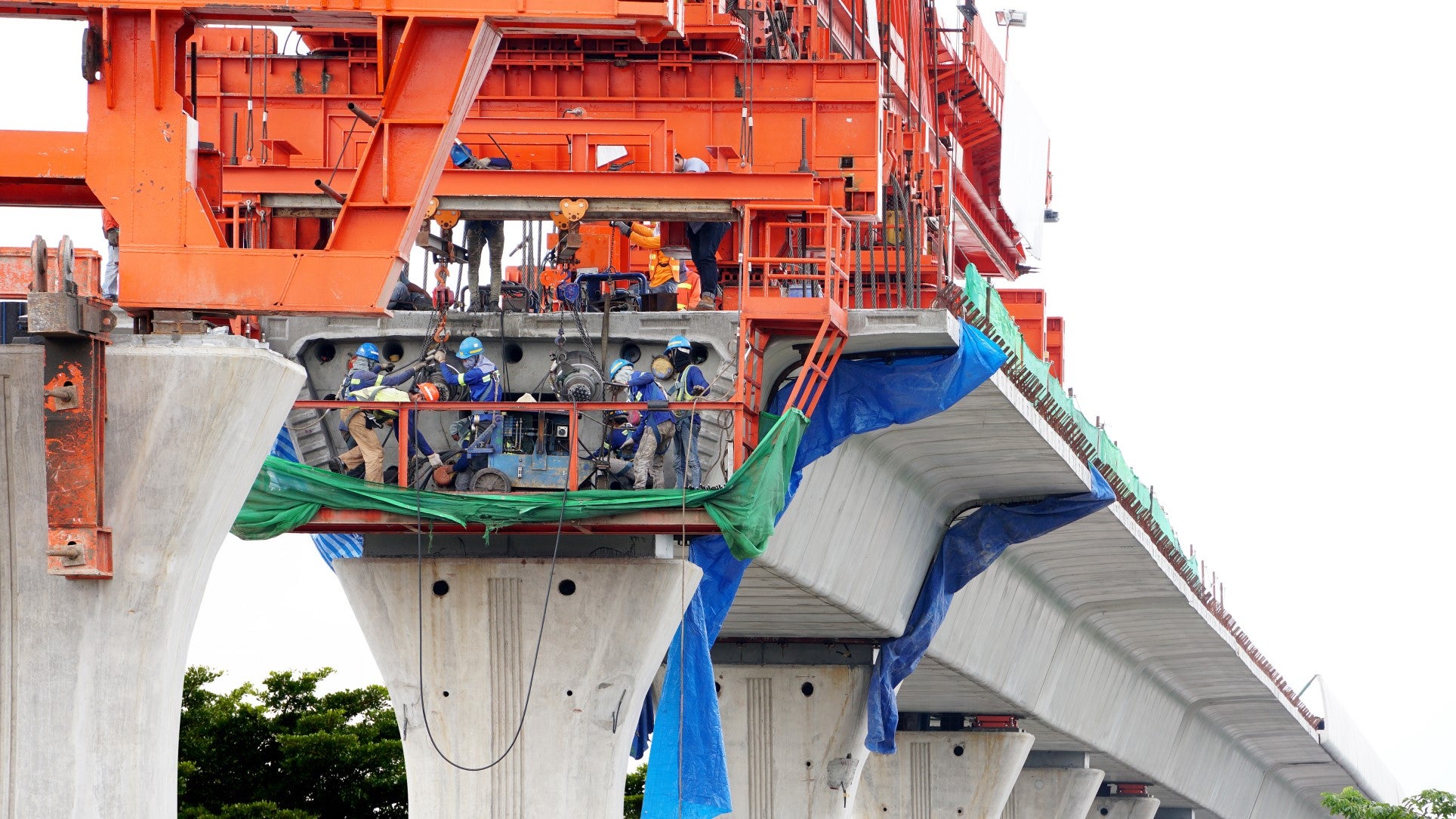How airports are making traveling more sustainable

[caption id="attachment_5292" align="alignnone" width="300"] Airports are ramping up their efforts to reduce their footprint and become more sustainable[/caption]
Airports are ramping up their efforts to reduce their footprint and become more sustainable[/caption]
As a result of growing passenger numbers, modern airports are more and more looking like cities in terms of infrastructure, entertainment options and the overall resources required to feed and entertain travelers. Besides hotels, airport terminals today even include movie theatres. People can shop, enjoy the services of a spa or dine at a variety of restaurants – all while waiting to get on the next flight.
The growing footprint of the aviation industry
With services like these the ecological footprint of the aviation industry is growing. Aircraft have long been known to significantly contribute to global warming. At any given moment there are about 7,000 of them in the sky over the United States. Meanwhile on the ground, growing passenger numbers have made airport operations increasingly complex, with every link of the airport supply chain creating significant repercussions not only for the quality of customer service, but also for the environment and society.
[caption id="attachment_5293" align="alignnone" width="960"] Sustainability is a challenge for the aviation industry given the millions of passengers that fly every year[/caption]
Sustainability is a challenge for the aviation industry given the millions of passengers that fly every year[/caption]
Passengers themselves are aware of the impact they are creating. According to a study conducted by the aviation industry’s leading technology provider Amadeus, the world’s travelers expect sustainability issues and the drive for a more personalized service to be the two most significant factors shaping the airport industry by 2025.
Given these challenges, efforts to reduce the impact of the aviation industry and scale up sustainability are well underway. The world’s busiest hub, Hartsfield-Jackson Atlanta International Airport is building the Green Acres ATL Energy Park Campus, which will combine compost curing piles, greenhouses and a heat and power station to recycle at least 90 percent of the its waste by 2020.
Meanwhile, Oslo Airport is pioneering sustainable jet biofuel as an alternative to traditional kerosene. And in India, Cochin International Airport has become the first airport in the world to power itself solely from the sun.
Airports in Latin America and the Caribbean are no exception. Juan Santa Maria Airport in San José, Costa Rica and El Dorado Airport in Bogotá, Colombia are both putting sustainability at the center of their current expansion processes. In Ecuador, the Inter-American Development Bank (IDB) Group has financed the construction and operation of Mariscal Sucre International Airport, Quito’s new international hub.
Expertise for greater sustainability
Along with crucial financing, these airports are leveraging IDB Group expertise to deliver positive social and climate impact to the communities they serve. There are significant financial incentives, as the airports know that harnessing renewable energy sources, scaling up energy efficiency and obtaining internationally recognized LEED certification will also have a positive impact on their balance sheet.
More recently, the IDB Group has started offering airport operators shared value appraisals that help them boost non-aeronautical revenues while scaling up sustainability. Corporación Quiport S.A. –the private operator of the new Quito airport– participated in an appraisal process and is now creating a community-based recycling organization, bringing local food producers into its supply chain and creating an aeronautical training center. This is helping the company address existing social challenges in the area while identifying alternative ways to grow revenues for both itself as well as its sub-concessionaires.
Quiport’s experience is inspiring others in the region, and currently AERIS Holding, the private operator of Costa Rica’s Juan Santa Maria Airport, is working with the Inter-American Investment Corporation, a member of the IDB Group, on re-designing its own sustainability strategy.
This, however, is just the beginning. As passenger numbers continue to rise around the globe, investors and airport operators are increasingly seeing sustainability as an investment opportunity that makes financial sense while creating significant social and environmental benefits.
About the author
Christian Mirabella works at the Investment Operations Department at the Inter-American Investment Corporation (IIC), a member of the Inter-American Development Bank Group (IDB Group). Christian joined the IDB Group in 2010 as a development effectiveness officer and then joined the strategy team of the Structure and Corporate Finance Department upon its inception in 2011. Since 2012 he has advised IDB Group private company clients on how to best increase the climate and social sustainability of their business operations in order to create “shared value”. Formerly, he worked as policy analyst for Business Executives for National Security (BENS). He was also disaster risk management consultant at the World Bank. Christian holds a Master in International Relations and Economics from the Johns Hopkins University - Paul H. Nitze School of Advanced International Studies (SAIS), a Diploma in Humanitarian Interventions, and a Bachelor Degree in Political Science from the University of Catania (Italy).
photo: Flickr/thisisjamesjackson
LIKE WHAT YOU JUST READ?
Subscribe to our mailing list to stay informed on the latest IDB Invest news, blog posts, upcoming events, and to learn more about specific areas of interest.
Subscribe

